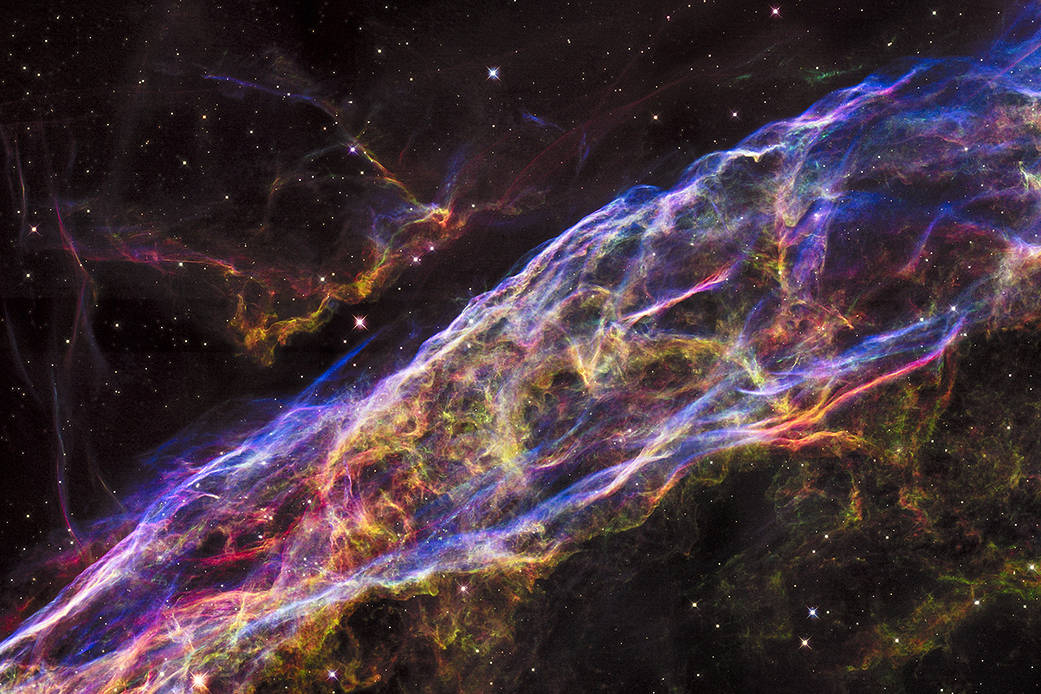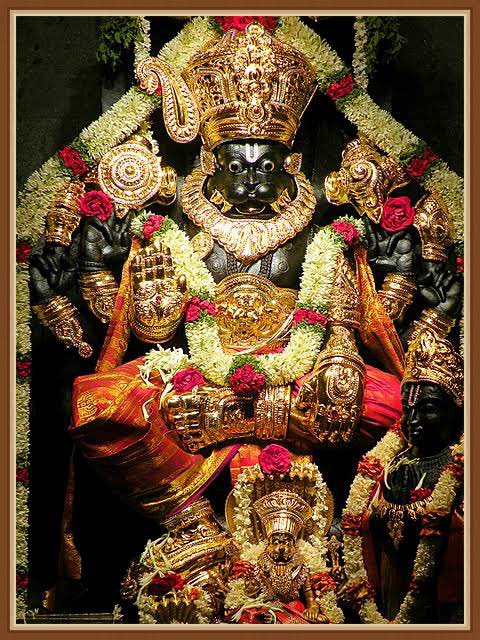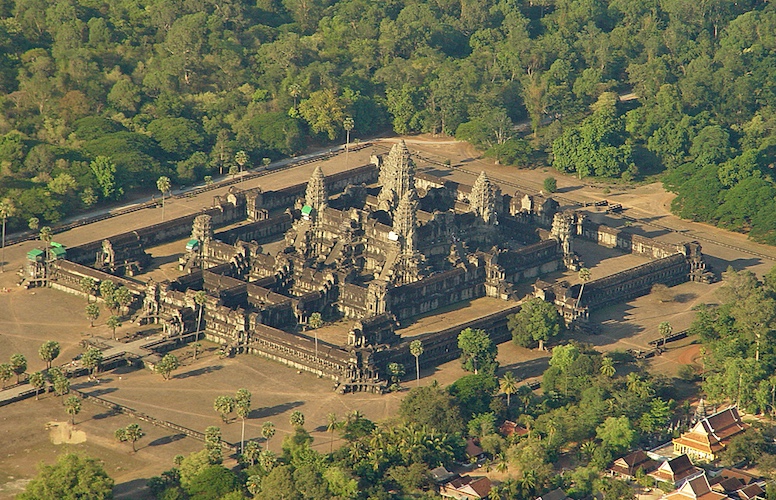But in about 5 billion years it will run out of hydrogen. It will expand to become so large that it will envelope the Earth.
We think of this planet, the sun, our solar system, all of this around us as a somewhat stable even static background against which we live.
But our star and solar system have a temporary impermanent existence just like we do. The sun is about half-way through its lifespan...
But in about 5 billion years it will run out of hydrogen. It will expand to become so large that it will envelope the Earth.
Over millions of years, a blink of an eye relative to its lifespan, our sun will flash and shrink and grow and shrink again and change our entire solar system.
As the sun ejects mass, creating a planetary nebula, the core will heat up and then cool.
Eventually our sun will be a white dwarf.
A black dwarf, the corpse of our sun, will be all that remains.
Imagine all the billions of stars flaring into life, burning, dying.
shatters into a hundred pieces.
In the great death
there is no heaven, no earth.
Once body and mind have turned over,
there is only this to say:
past mind cannot be grasped,
present mind cannot be grasped,
future mind cannot be grasped.
— Dōgen

More from Society
Krugman is, of course, right about this. BUT, note that universities can do a lot to revitalize declining and rural regions.
See this thing that @lymanstoneky wrote:
And see this thing that I wrote:
And see this book that @JamesFallows wrote:
And see this other thing that I wrote:
One thing I've been noticing about responses to today's column is that many people still don't get how strong the forces behind regional divergence are, and how hard to reverse 1/ https://t.co/Ft2aH1NcQt
— Paul Krugman (@paulkrugman) November 20, 2018
See this thing that @lymanstoneky wrote:
And see this thing that I wrote:
And see this book that @JamesFallows wrote:
And see this other thing that I wrote:
You May Also Like
1/ Here’s a list of conversational frameworks I’ve picked up that have been helpful.
Please add your own.
2/ The Magic Question: "What would need to be true for you
3/ On evaluating where someone’s head is at regarding a topic they are being wishy-washy about or delaying.
“Gun to the head—what would you decide now?”
“Fast forward 6 months after your sabbatical--how would you decide: what criteria is most important to you?”
4/ Other Q’s re: decisions:
“Putting aside a list of pros/cons, what’s the *one* reason you’re doing this?” “Why is that the most important reason?”
“What’s end-game here?”
“What does success look like in a world where you pick that path?”
5/ When listening, after empathizing, and wanting to help them make their own decisions without imposing your world view:
“What would the best version of yourself do”?
Please add your own.
2/ The Magic Question: "What would need to be true for you
1/\u201cWhat would need to be true for you to\u2026.X\u201d
— Erik Torenberg (@eriktorenberg) December 4, 2018
Why is this the most powerful question you can ask when attempting to reach an agreement with another human being or organization?
A thread, co-written by @deanmbrody: https://t.co/Yo6jHbSit9
3/ On evaluating where someone’s head is at regarding a topic they are being wishy-washy about or delaying.
“Gun to the head—what would you decide now?”
“Fast forward 6 months after your sabbatical--how would you decide: what criteria is most important to you?”
4/ Other Q’s re: decisions:
“Putting aside a list of pros/cons, what’s the *one* reason you’re doing this?” “Why is that the most important reason?”
“What’s end-game here?”
“What does success look like in a world where you pick that path?”
5/ When listening, after empathizing, and wanting to help them make their own decisions without imposing your world view:
“What would the best version of yourself do”?




























